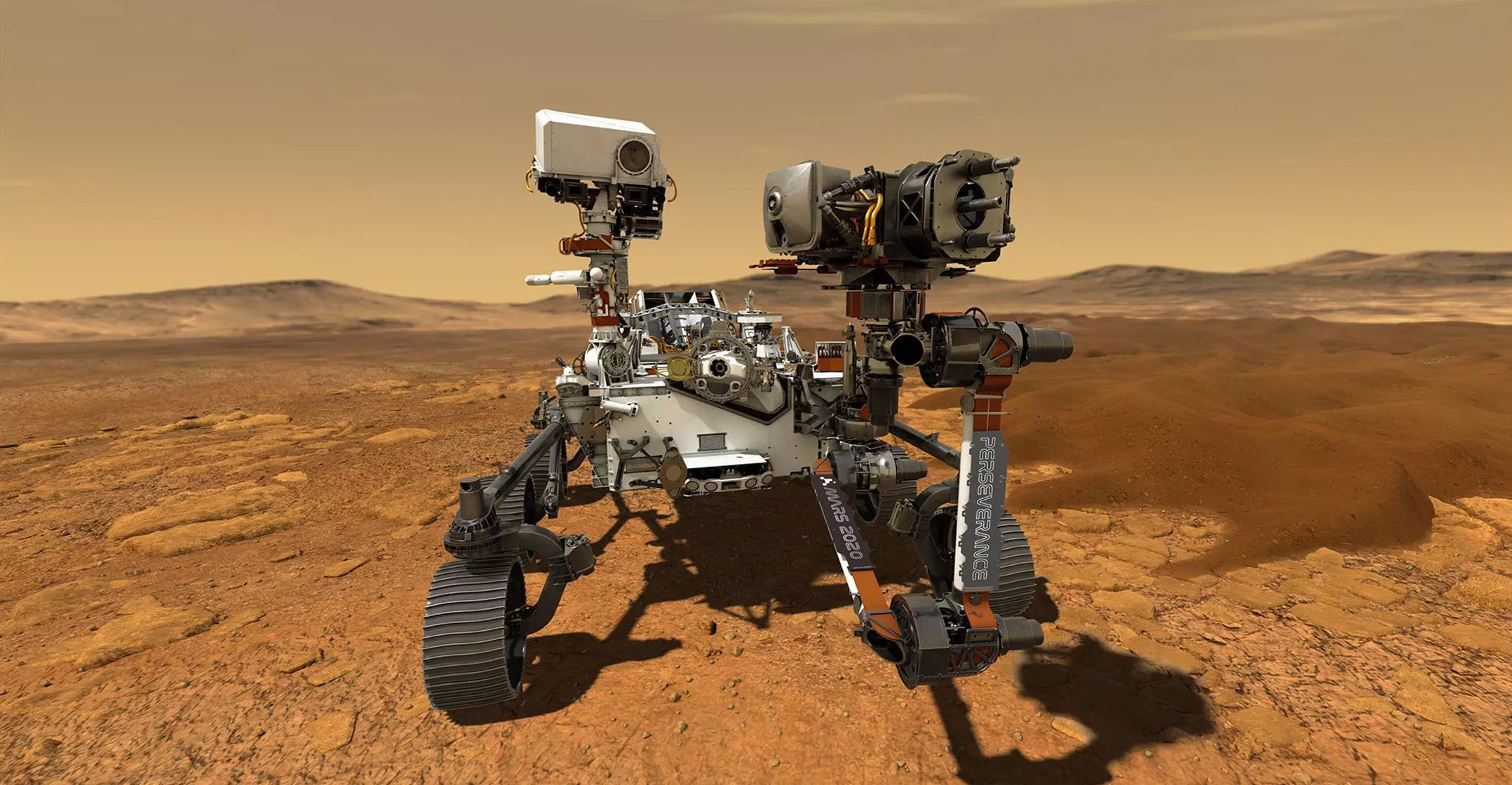
Nasa launched its latest Mars rover, dubbed Perseverance, on Thursday, the first step in the space agency’s newest effort to hunt for signs of ancient microbial life and collect samples that will eventually be returned to Earth.
The rover blasted off from Cape Canaveral in Florida atop an Atlas V rocket, beginning its six-and-a-half month trip to the Red Planet. Destined to land in Jezero Crater on 18 February, this is the latest effort by the US space agency to learn more about the Martian atmosphere and surface. Perseverance is also carrying a small helicopter named Ingenuity, which, if successful, will be “the first aircraft to fly in a controlled way on another planet”, Nasa said.
But arguably the most dramatic goal of the mission will be the rover’s attempt to demonstrate a technology that converts carbon dioxide in the Martian atmosphere into oxygen. “In the future, oxygen generated this way could be used by astronauts as rocket propellant and for breathing,” Nasa said. The ability to do so will be a critical consideration in planning human landings and bases on Mars.
The 1 025kg, 3m-long rover is the biggest and heaviest robotic Mars rover Nasa has ever built. It’s the fourth sent to Mars by Nasa.
Previous rovers were named Curiosity, Opportunity and Sojourner. Opportunity’s mission was declared complete in February 2019 after 15 years of work when Nasa lost contact with the vehicle. Curiosity continues to explore the planet, and Sojourner finished its mission in 1997.
The agency also operates the InSight Mars Lander platform, which is exploring below the planet’s surface. — Reported by Justin Bachman, (c) 2020 Bloomberg LP




